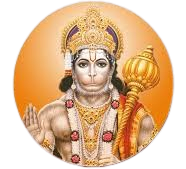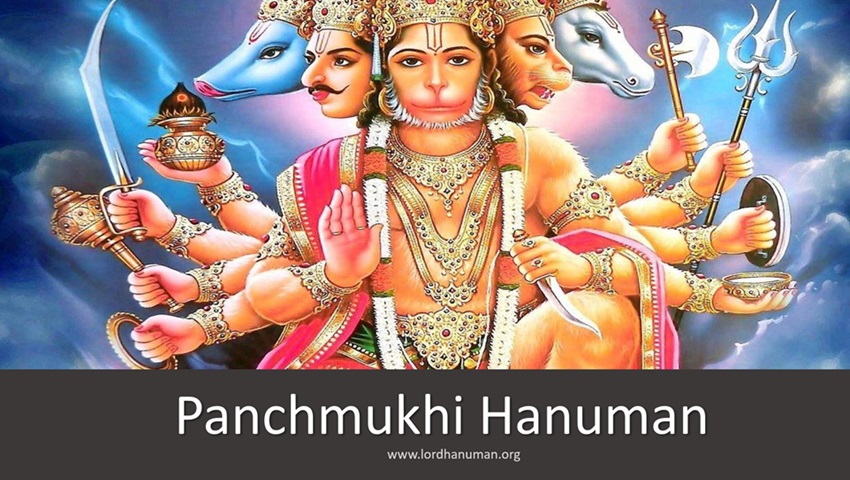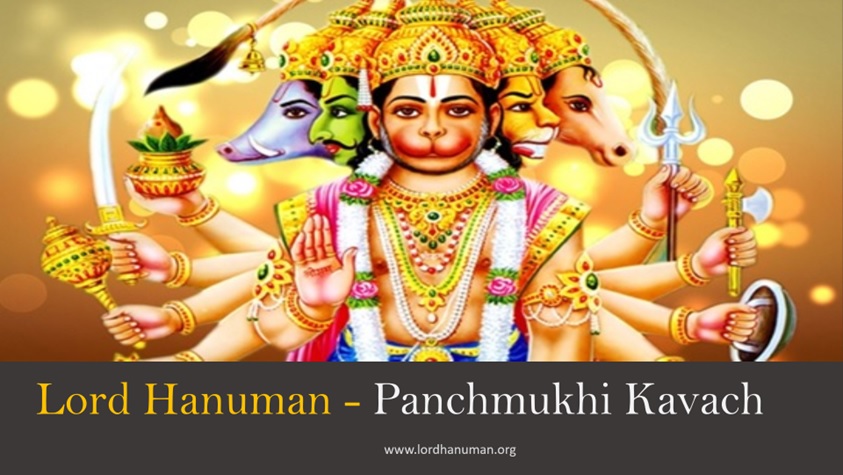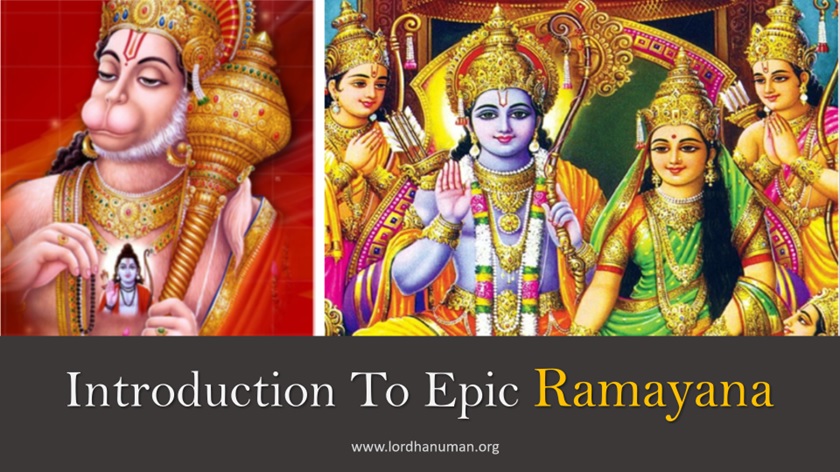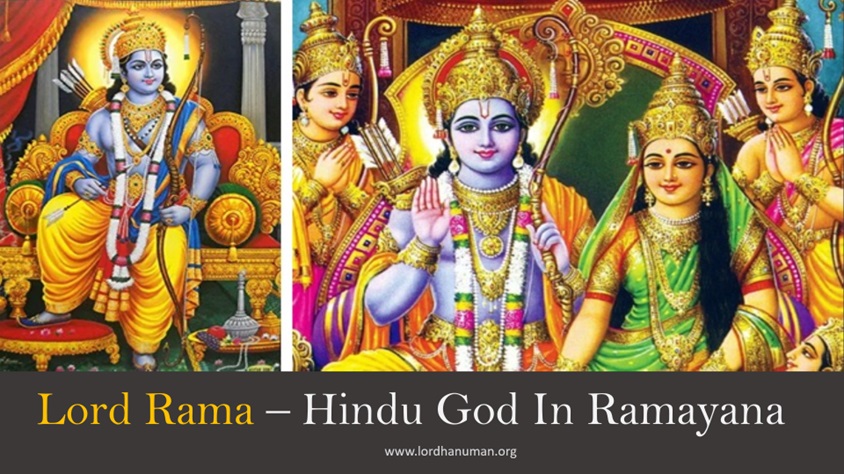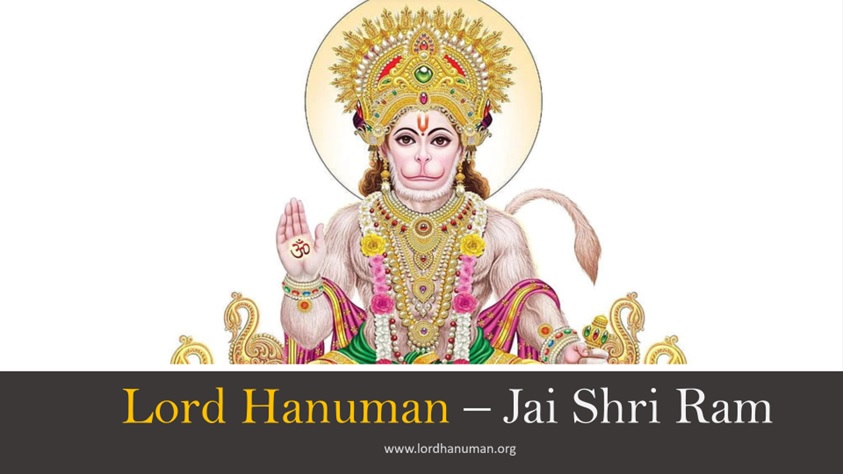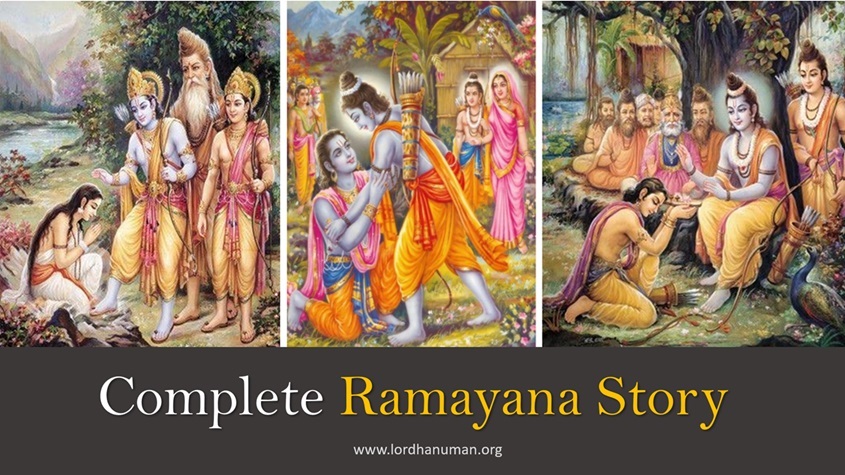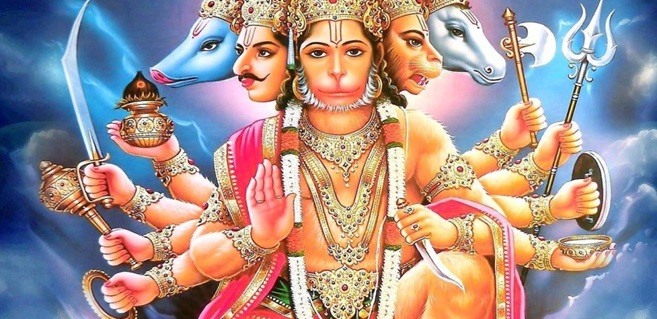
Panchmukhi Hanuman
पंचमुखी हनुमान
Panchmukhi Hanuman is the Five-Faced Avatar. In Ramayana, it symbolizes divine qualities, Each Face Representing a different Deity.
Panchmukhi Hanuman is the five-faced avatar. In Ramayana, it symbolizes divine qualities, each face representing a different deity. Panchmukhi Hanuman, or the five-faced Hanuman, is a unique and powerful avatar of the beloved Lord Hanuman that holds special significance in various spiritual traditions.
In the vast tapestry of Hindu mythology, Lord Hanuman stands as an iconic figure, revered for his unwavering devotion, immense strength, and pivotal role in the Ramcharitmanas.
Lord Hanuman's Five Face Sankatmochan Avatar
Panchmukhi Hanuman blessings are invoked by the devotees to defeat all challenges and crises. Panchmukhi avatar is a Sankatmochan avatar of Hanuman that brings relief to devotees facing crises.
When Lord Rama was fighting a battle with Demon King Ravana, both Rama and Lakshmana got into trouble. However, Hanuman rescued both Rama and Lakshmana using his divine powers by taking a Panchmukhi avatar.
Panchmukhi Hanuman, an embodiment of divine energies, serves as a beacon of inspiration and guidance for millions of devotees. His multifaceted representation encapsulates the essence of devotion, fearlessness, strength, swiftness, and wisdom.
The worship of Panchmukhi Hanuman not only reflects the profound spirituality embedded in Hindu mythology but also resonates with individuals seeking divine protection and blessings in their lives.
Ahiravana Story
Why Hanuman Had To Panchmukhi Avatar ?
अहिरावण कथा
Ahiravana is a lesser-known character in the Ramayana, featured in the Uttara Kand, the concluding part of the epic. Ahiravana was the ruler of the netherworld, Patala, and a formidable sorcerer. During the battle between Lord Rama and Ravana, when Ravana’s forces were diminishing, Ahiravana, Ravana’s brother, hatched a plot to resurrect their chances.
While Ravana was engaged in the war with Lord Rama and his brother Lakshmana, Ahiravana took advantage of the situation. Disguised as Vibhishana, another brother of Ravana who had defected to Rama’s side, Ahiravana managed to trick Hanuman and kidnapped Lord Rama and Lakshmana to Patala.
Hanuman
Hanuman's Five-faced Manifestation
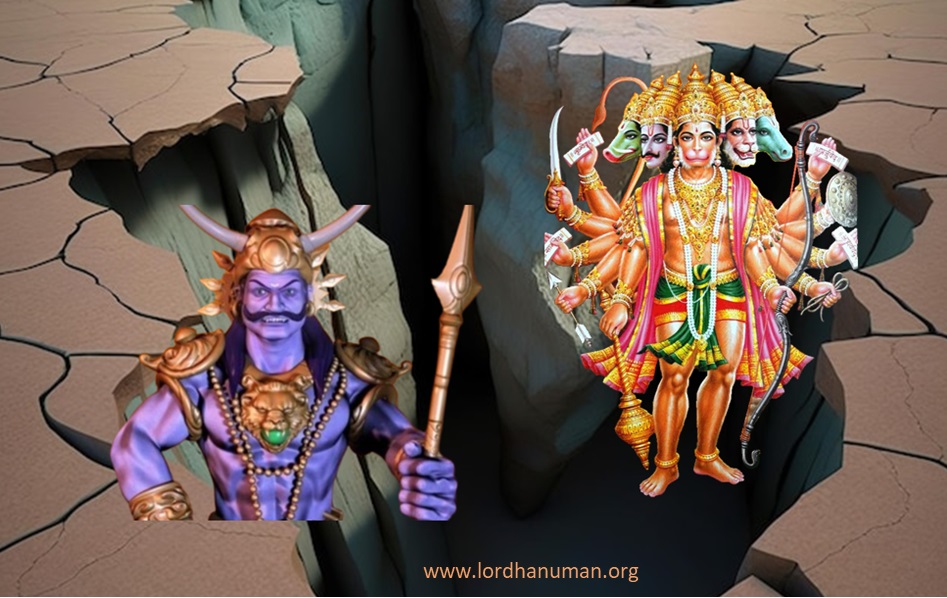
To rescue Rama and Lakshmana, Hanuman had to confront Ahiravana. Demon Ahiravana had a boon that he could only be killed in complete darkness. Hanuman, with his wit and strength, extinguished all the lamps in Patala, ensuring complete darkness. In this moment, Hanuman assumed the Panchmukhi (five-faced) form, defeating Ahiravana and rescuing Rama and Lakshmana.
The Ahiravana episode, while not as widely popular as other parts of the Ramayana, highlights Hanuman’s resourcefulness and unwavering dedication to Lord Rama, even in the face of intricate challenges posed by supernatural adversaries.
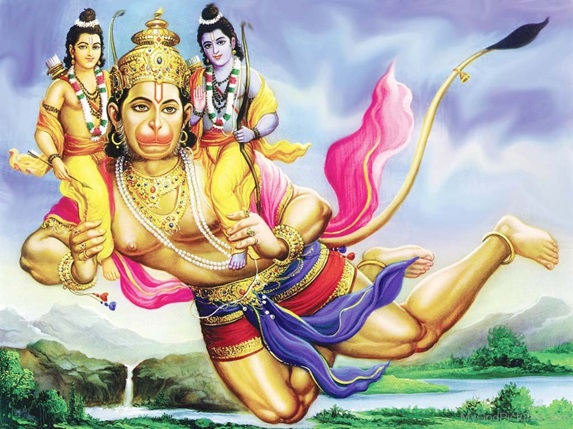
Panchmukhi Hanuman
पंचमुखी अवतार
Origins of Panchmukhi Hanuman:
The origins of Panchmukhi Hanuman can be traced back to the Sundara Kanda of the Ramayana, an ancient Indian epic. In this significant episode, Hanuman embarks on a perilous mission to locate Sita, who has been abducted by the demon king Ravana.
While searching for Sita in Lanka, Hanuman encounters the formidable demoness Simhika, who possesses the ability to capture her prey through shadows. To overcome this powerful adversary and continue his quest successfully, Hanuman reveals his Panchmukhi (five-faced) form. Each face symbolizes a different deity, showcasing a divine amalgamation of energies:
Panchmukhi Hanuman
Hanuman's Five-faced Manifestation
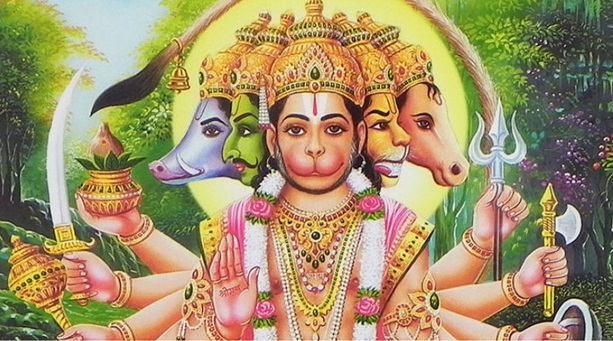
- Hanuman Face: Represents unwavering devotion.
- Narasimha Face: Symbolizes fearlessness and protection.
- Garuda Face: Signifies swift action.
- Varaha Face: Embodies immense strength.
- Hayagriva Face: Represents knowledge and wisdom.
By assuming this extraordinary Five Faced form, Hanuman defeats Simhika and overcomes the challenges posed by the netherworld, Patala. The Panchmukhi Hanuman’s origins highlight the exceptional circumstances faced by Hanuman.
During his quest and the divine qualities, he invoked to fulfil his sacred duty entrusted to him by Lord Rama. This manifestation remains a powerful and revered aspect of Hanuman in Hindu mythology, symbolizing the convergence of various divine attributes.
Sundara Kanda
Hanuman Defeats Demon Simhika
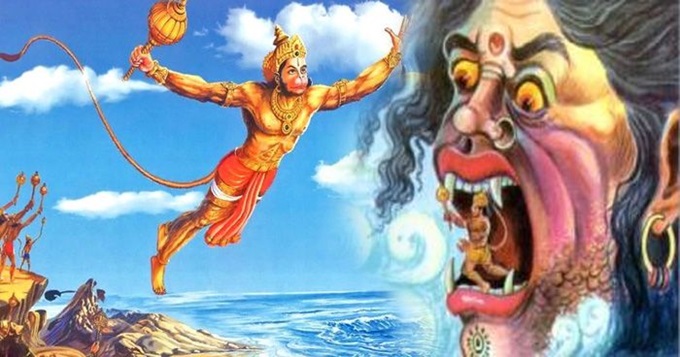
In the Sundara Kand, Hanuman faces several challenges while navigating Lanka in search of Sita. To bypass the powerful demoness Simhika, who had the ability to capture her prey through shadow, Hanuman assumes the Panchmukhi form. This extraordinary manifestation showcases Hanuman’s divine prowess and the amalgamation of various divine energies to accomplish his mission successfully.
पंचमुखी अवतार
Worship And Devotion
Panchmukhi Hanuman is venerated by millions of devotees, and his worship is believed to bestow protection, courage, and blessings. Various temples dedicated to Panchmukhi Hanuman are scattered across India, where the deity is adorned with five faces and worshipped with great reverence. Devotees often recite the Hanuman Chalisa, a devotional hymn, to seek the blessings of Panchmukhi Hanuman.
Hanuman's Five Faces And Their Significance
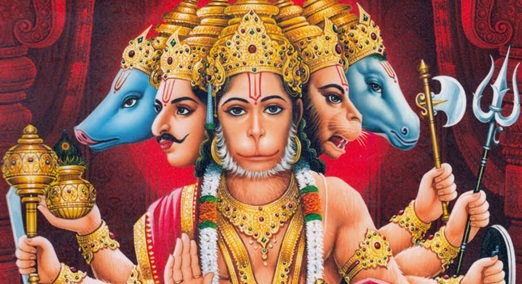
Panchmukhi Hanuman
Hanuman Face:
Devotion: The central face embodies Hanuman’s unwavering devotion to Lord Rama, serving as a reminder of single-minded dedication and selfless service.
Narasimha Face:
Fearlessness: The lion-faced form represents Narasimha, the fourth avatar of Lord Vishnu. This face symbolizes fearlessness and protection from evil forces, instilling courage in devotees.
Garuda Face:
Swift Action: The Garuda face, representing the divine eagle and mount of Lord Vishnu, signifies swift and speedy movement. It aids Hanuman in his missions, guiding devotees through challenges with quick and decisive action.
Varaha Face:
Strength: The boar-faced form of Varaha, another avatar of Lord Vishnu, signifies immense strength. This face provides devotees with the power to overcome hurdles and challenges in their spiritual and worldly pursuits.
Hayagriva Face:
Knowledge and Wisdom: The horse-faced form is associated with Lord Vishnu‘s Hayagriva avatar. This face symbolizes knowledge, wisdom, and intelligence, guiding devotees on the path of righteous understanding.
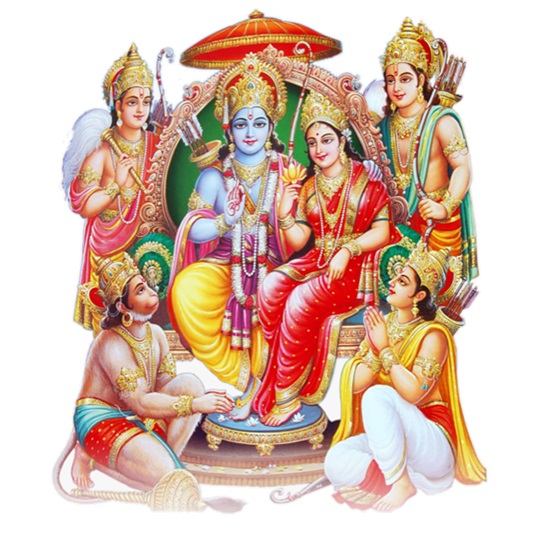
Panchmukhi Hanuman
Panchmukhi Hanuman, an embodiment of divine energies, serves as a beacon of inspiration and guidance for millions of devotees. His multifaceted representation encapsulates the essence of devotion, fearlessness, strength, swiftness, and wisdom.
The worship of Panchmukhi Hanuman not only reflects the profound spirituality embedded in Hindu mythology but also resonates with individuals seeking divine protection and blessings in their lives.
Panchmukhi Hanuman, the five-faced manifestation of the revered monkey god, holds profound significance in Hindu mythology. This unique aspect of Hanuman is closely associated with the Ramayana and symbolizes various divine qualities, each face representing a different deity.
